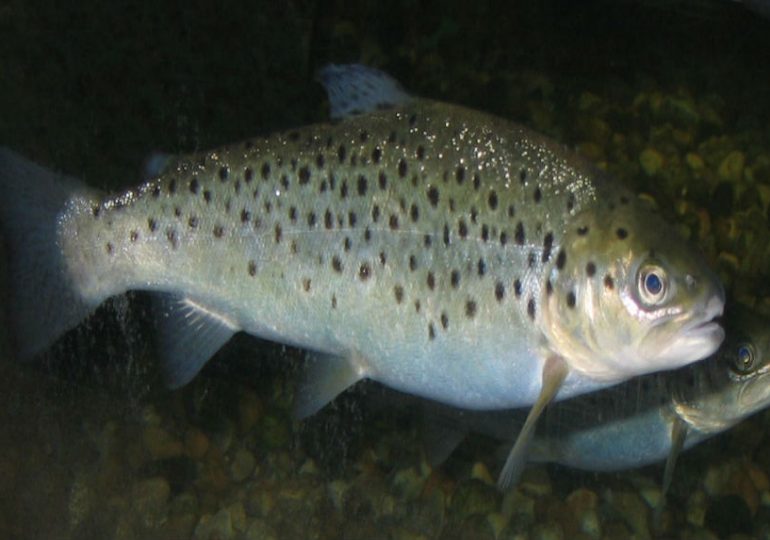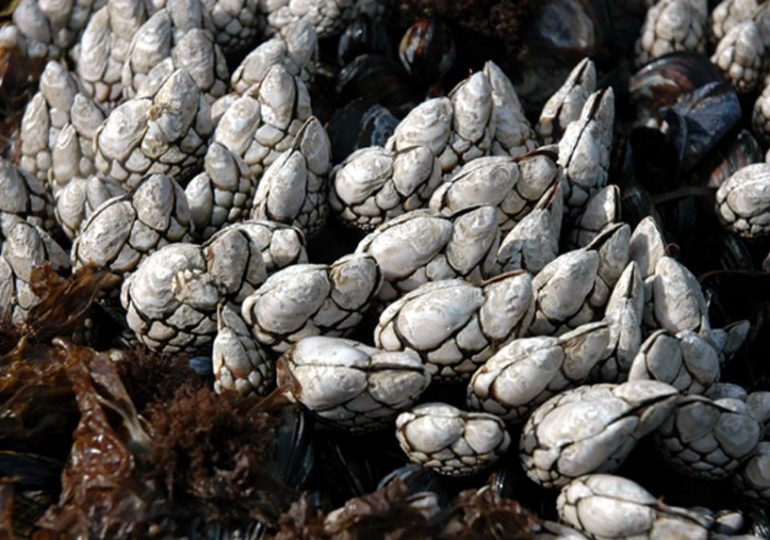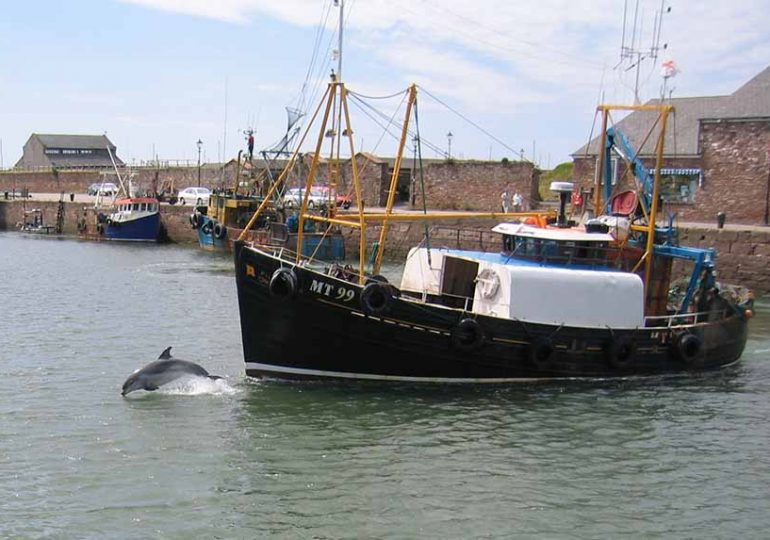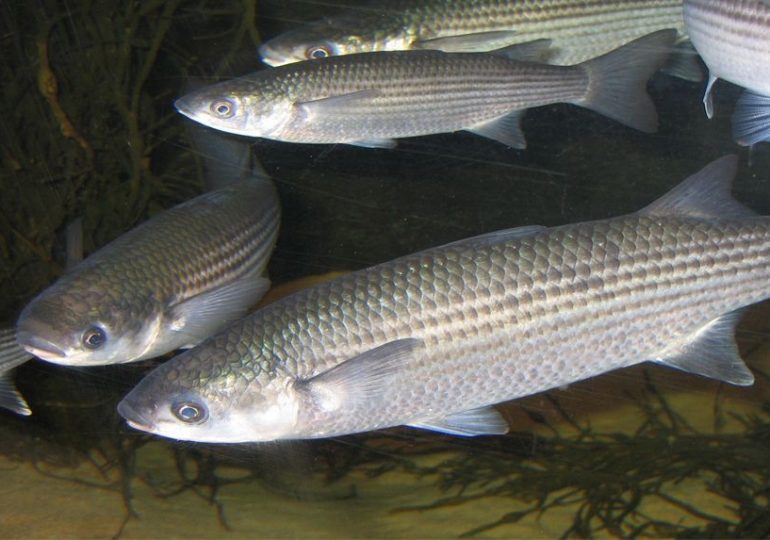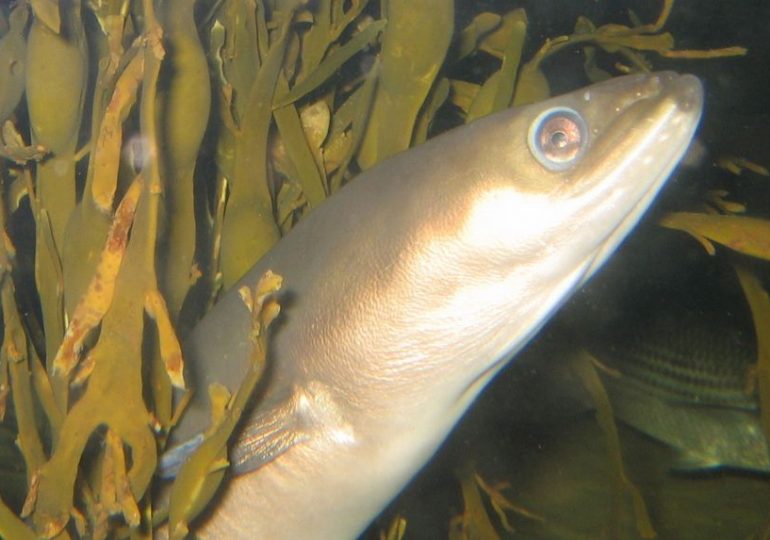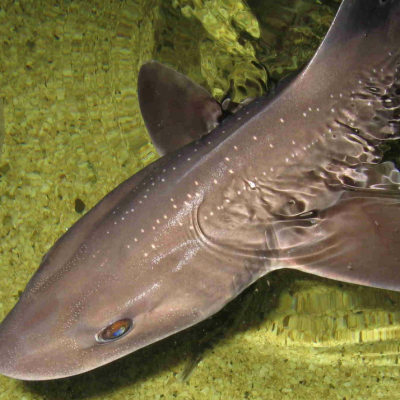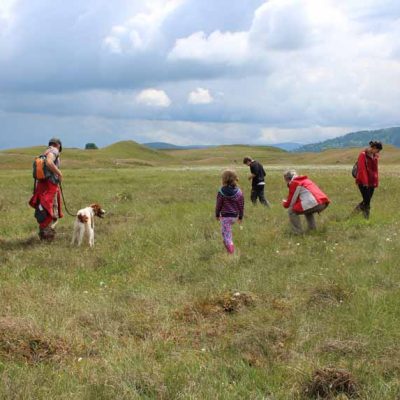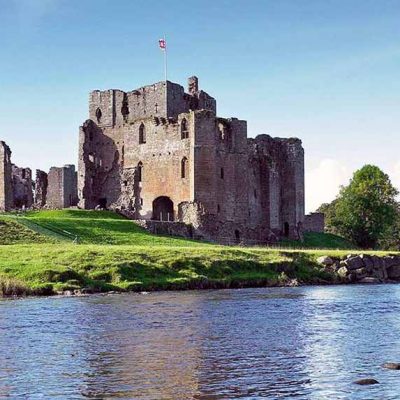27. The Compass Jellyfish (Chrysaora Hysoscella)
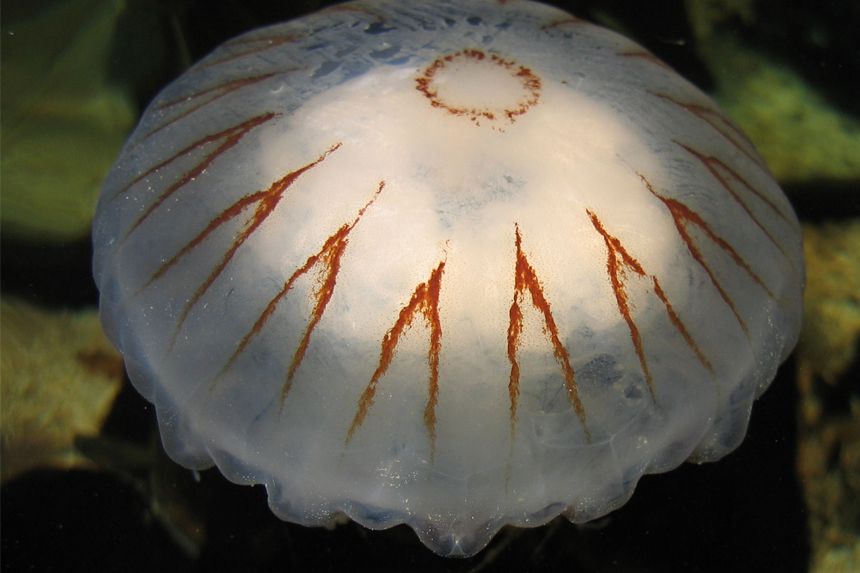
Wildlife of the Solway Firth : The Compass jellyfish by Mark Vollers
Chrysaora hysoscella
Any of us that like a walk along the shore will have come across stranded jellyfish of one kind or another and the Compass Jellyfish is certainly found on the Cumbrian coast in summertime.
Recognised by the compass like markings on it’s bell, they are beautiful graceful animals when seen in the water, but this species is best avoided as it has a painful sting.
Twenty four long tentacles are equipped with stinging cells called nematocysts, used for paralysing prey such as small fish or other jellyfish and of course deterring would be predators.
Their life cycle is fairly complex. The adults have separate sexes and eggs are fertilised externally to produce free swimming larvae called planula.
These settle down on a hard surface and transform into polyps or small anemones which for many are the over-wintering stage.
In Spring these polyps bud off small medusa or jellyfish which grow into the adult stage we recognise. They have limited control of movement, but react to light and move up and down in the water column to find their food. They have few predators, but among them are sunfish and turtles.
It now must be said that the seemingly harmless practice of releasing balloons in to the sky is not a good idea… turtles mistake deflated balloons in the water as jellyfish and consume them with often fatal consequences.
http://www.coastaquarium.co.uk/
Share It:

